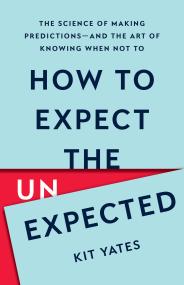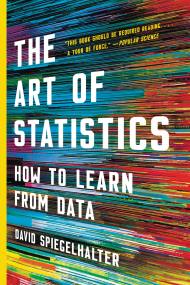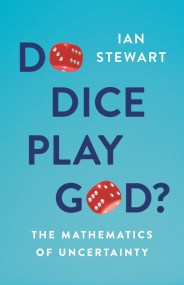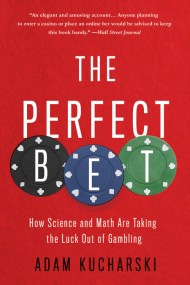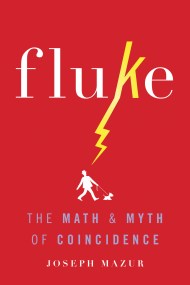Promotion
Use code MOM24 for 20% off site wide + free shipping over $45
A Mathematician Reads the Newspaper
Contributors
Formats and Prices
Price
$16.99Price
$22.99 CADFormat
Format:
- Trade Paperback $16.99 $22.99 CAD
- ebook $11.99 $15.99 CAD
This item is a preorder. Your payment method will be charged immediately, and the product is expected to ship on or around September 10, 2013. This date is subject to change due to shipping delays beyond our control.
Also available from:
Genre:
-
“A wise and thoughtful book, which skewers much of what everyone knows to be true.”—Los Angeles Times
“A fun, spunky, wise little book that would be helpful to both the consumers of the news and its purveyors.”—Washington Post
- On Sale
- Sep 10, 2013
- Page Count
- 240 pages
- Publisher
- Basic Books
- ISBN-13
- 9780465089994
Newsletter Signup
By clicking ‘Sign Up,’ I acknowledge that I have read and agree to Hachette Book Group’s Privacy Policy and Terms of Use


